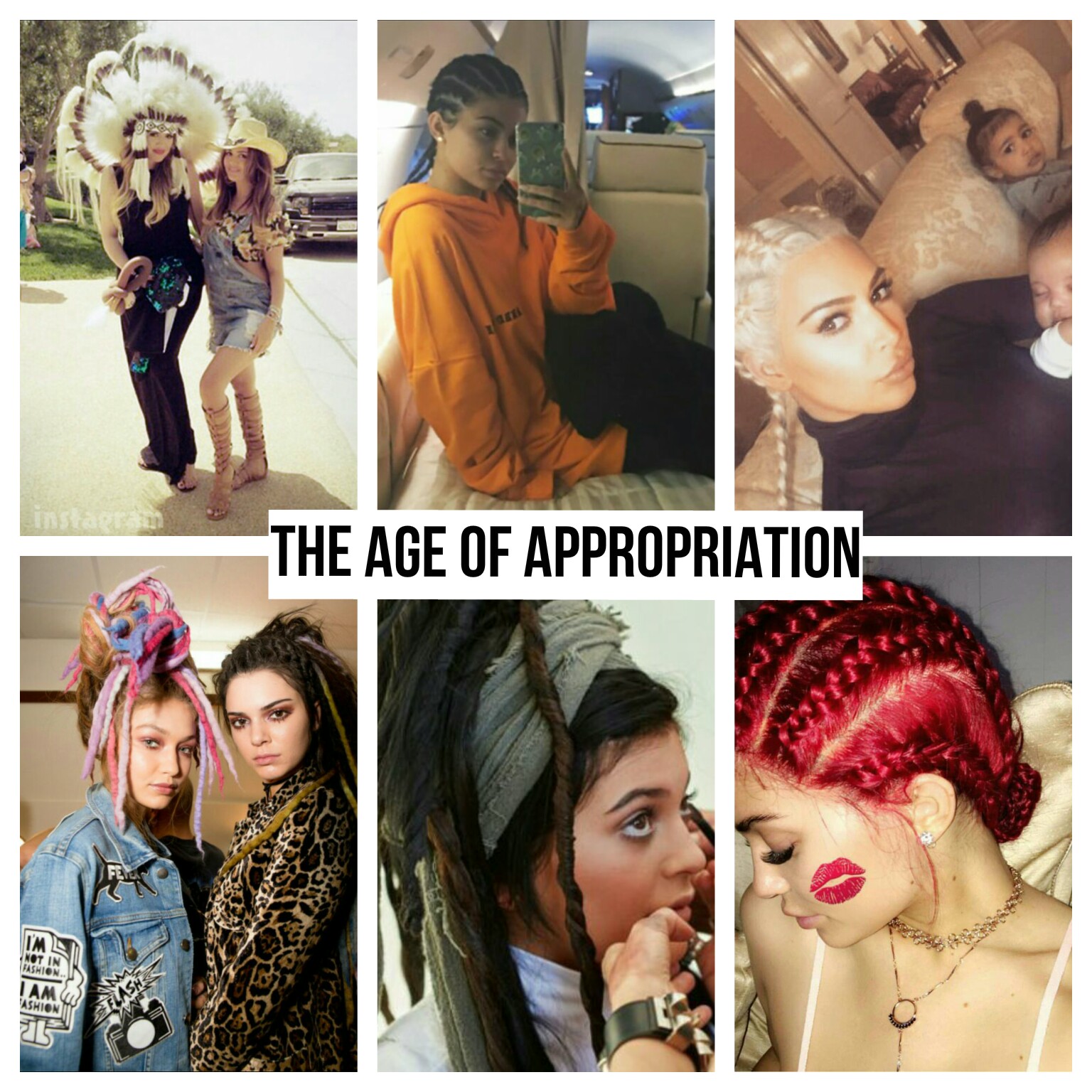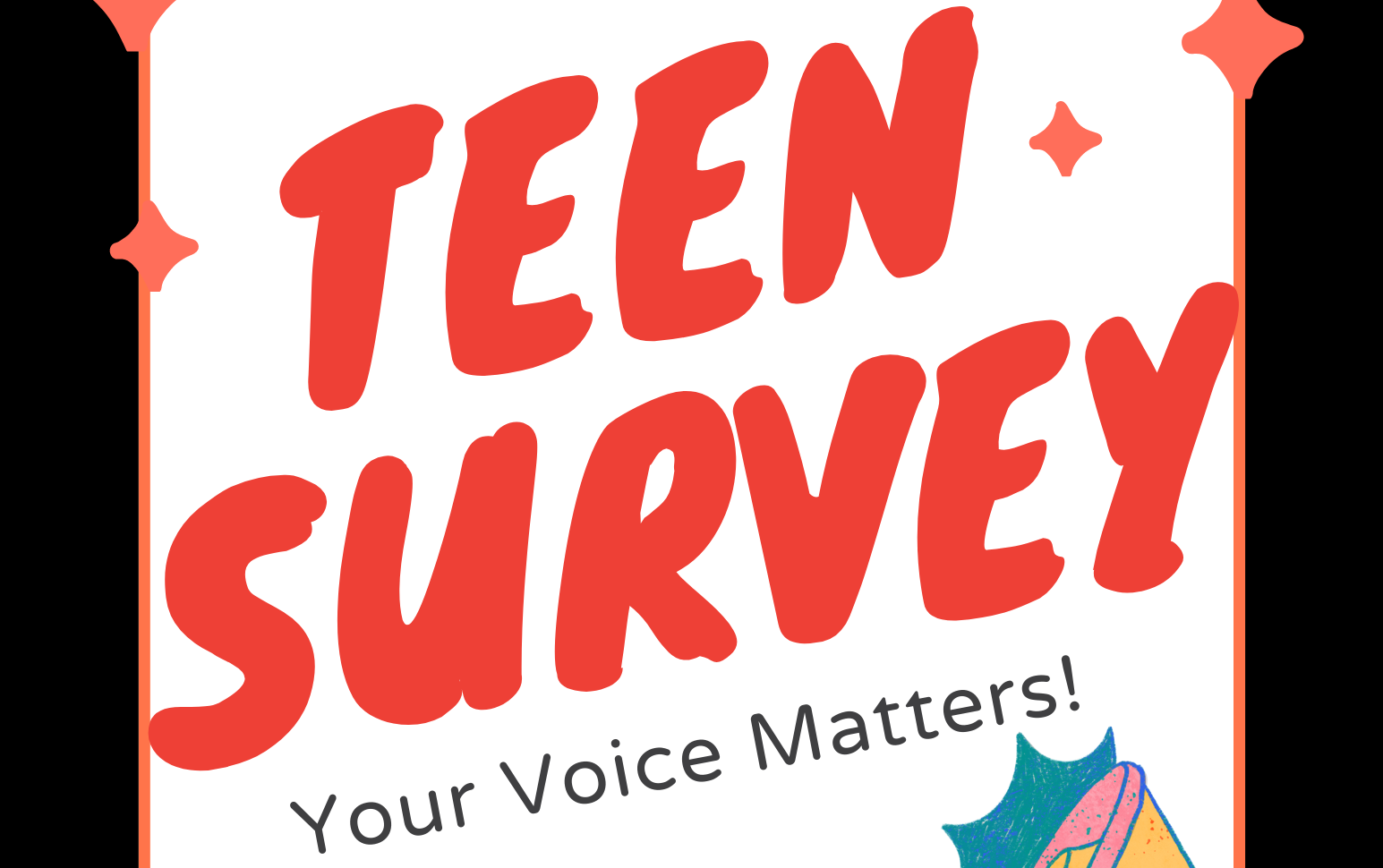Christopher Columbus, as many know, is notorious for his so-called “discovery” of North America, along with a host of other locations. When he claimed this continent for Spain, he dubbed it the beginning of the “New World.” Some could say that appropriators often do the same thing when they, in part, “discover” a new trend.
But what’s sometimes forgotten is the effect appropriation has on teens, particularly those of color, in a multitude of media. This includes social, music, print and movies. According to the U.S. Department of Health & Human Services’ Office of Adolescent Health, 46 percent of teenagers in the U.S. are racial minorities. But only 17 percent of minorities were represented in scripted cable and broadcast television in 2014, according to UCLA’s 2016 Hollywood Diversity Report. The lack of ethnicities in media could lead teens of color to think they don’t matter and or need accurate portrayals of themselves in society.
Sailed the Ocean Blue
Appreciation is the act of recognizing and understanding an item or aspect of another culture and giving it proper homage. Appropriation, on the other hand, is when you take something of cultural significance for the purpose of claiming it as your own and ignore its history and meaning.
Perhaps the most recent example is Coldplay’s “Hymn For The Weekend,” which sparked a social media outcry this year, with many spectators criticizing the video’s portrayal of India.The video showed Indians running through the streets, elements of Hindu culture, and a saree- and henna-clad Beyonce.
Coldplay received similar criticism for their 2011 “Princess of China” video starring Rihanna, in which she donned a kimono — attire traditional in Japanese cultures. Some fans, such as myself, didn’t quite know how to feel when we saw some of our favorite artists portraying other cultures in stereotypical ways. While some may not think the cultures were represented in a negative light, others felt they were given an exotic portrayal.
Is this 2016 or 1492?
Much like music videos, social media can influence a person’s perception. Through platforms such as Instagram, Snapchat and Twitter, we are given a glimpse on what’s trending in modern-day life and can be influenced by celebrity Instagrammers. According to Pew Research Center, Instagram is popular among black and Hispanic teens, with 64 and 52 percent using the social media app, respectively, making it an influential part of our lives. When I log into Instagram, I’m flooded with pictures of outrageously curvy women who are proclaimed to be the only sources of black beauty. When compared to girls such as India Love, I, being less than 100 pounds, cannot find solace in this sole definition of beauty.
Kylie Jenner, daughter of Kris Kardashian Jenner and Caitlyn (formerly Bruce) Jenner, is one of the most prominent celebrity Instagram users I’ve seen, with other users imitating her look. She has 79.9 million followers — and has been accused of cultural appropriation. Being Caucasian, Jenner has a lot of attributes that a large percentage of people in her race don’t typically have, such as a large posterior and lips. Jenner confirmed she had lip injections (after repeatedly denying she had the procedure) and regularly spray tans or uses makeup to darken her complexion, making said complexion look like that of a light-skinned black woman or Latina. While body and other cosmetic enhancements may be medically necessary for some, Jenner’s bodily alterations look to be a clear imitation of black women to me. Being one myself, this honestly makes me feel almost disgusted.
I feel disgusted as many black women are criticized for such features, yet on opposing races, these features are glorified. This double standard, through appropriation, reinforces the idea that Jenner’s enhanced features are desirable while belittling black teen girls in society with similar features and possibly lowering their self-esteem.
Appreciate, Don’t Appropriate
Not everyone is an appropriator or intends to offend other cultures. Sometimes they’re trying to appreciate them but aren’t sure if the way they go about it is offensive. Henna is a prime example. While henna is a beautiful art that deserves to be appreciated, you shouldn’t do this without knowing the meaning behind it. According to Everyday Feminism, if you are to wear or purchase an item from another culture, you should respect it by knowing its heritage.
It is possible to appreciate a culture without wearing said culture’s items and artifacts. A good way to do it giving someone a compliment when they’re wearing their sari or dashiki. There’s also nothing wrong with explaining the cultural significance behind them to those willing to understand.
Another example of appreciation is visiting a country and immersing yourself in the culture and allowing the citizens to tell their story as fellow VOXer Kayla Smith did after her trip to Antigua. Not only does this broaden your own knowledge of that culture, but it can also bring awareness to others. You, however, can also learn such information on a smaller scale. You can do this simply by internet research, reading books about the culture the item originates from, or finding someone who is of the culture and asking them a few questions to gain understanding.
Representation Matters
We need proper representation in our media and literature, as well as everyday life. There is no reason we shouldn’t be able to see ourselves on the silver screen or glossy page. When you’re constantly flooded with images of blue eyes and porcelain skin, you begin to think that’s the only thing worthy to be seen. Delve more into Kayla article regarding European standards of beauty to get more of an idea of what I mean.
With a lack of ethnic diversity, many people of color dismiss themselves as imperfect and not beautiful when this is the farthest thing from truth. Removing the white-washed lens present in our society can allow more people of color to see their beauty and culture.
Artwork by Billaé Blanding
Billaé is a 16-year-old sophomore at Tucker High School who enjoys music, literature and film.
VOX Investigates race this semester. Check out our ongoing coverage here.




